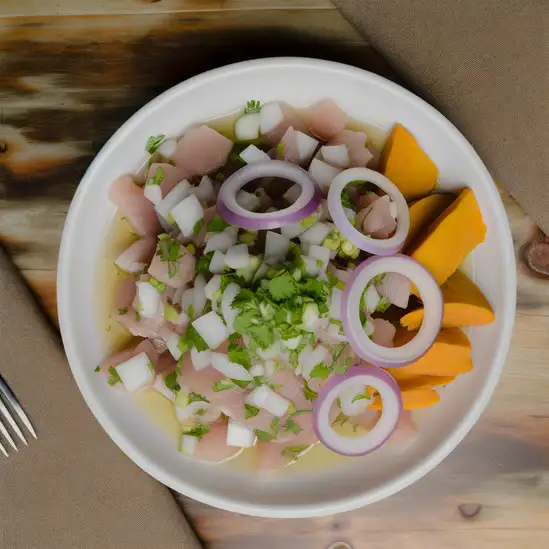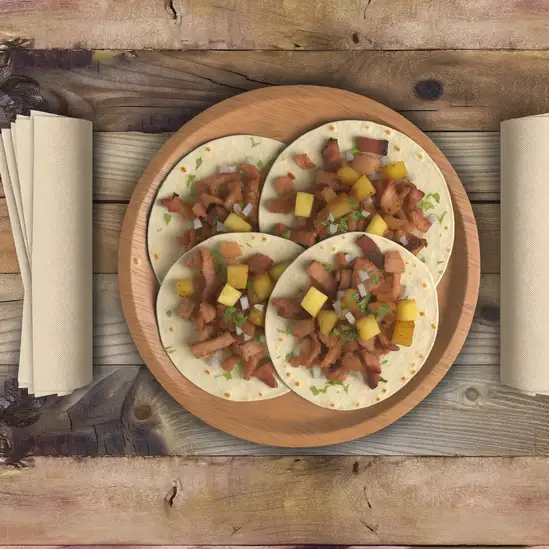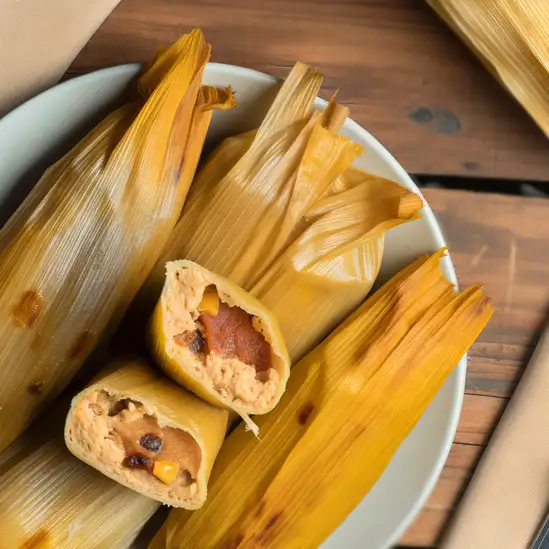


Mexico City hums with a vibrant energy that grabs you the moment you step onto its bustling streets. It’s a place where ancient history and modern life collide in the most colorful,unexpected ways. Imagine wandering through neighborhoods where colonial architecture stands shoulder to shoulder with street art that bursts with bold colors and stories. The air often carries the rich aroma of freshly made tamales and roasted coffee,mingling with the distant sounds of mariachi music drifting from a nearby plaza. What really makes Mexico City unforgettable is its pulse—the lively chatter in mercados filled with vendors selling everything from spicy chiles to handwoven textiles,the clatter of street vendors setting up their carts,and the laughter spilling out of cantinas as locals unwind. You can feel the city’s heart in the way people move,talk,and celebrate life,whether it’s during a quiet afternoon in Chapultepec Park or a late-night stroll through the buzzing neighborhoods of Roma and Condesa. And the food—oh,the food! Every bite tells a story,from the smoky depth of a perfectly grilled taco al pastor to the sweet,comforting warmth of churros dipped in thick chocolate. Mexico City isn’t just a destination; it’s an experience that wraps you in its rich culture,history,and warmth,leaving you eager to explore every corner and taste every flavor.
The information on this page is currently being reviewed by Tripkliq and should be used as a guide only
Eng word: Hello
Eng pronunciation: OH-lah
Local language: Hola
Eng word: Goodbye
Eng pronunciation: ah-DYOS
Local language: Adiós
Eng word: Thank you
Eng pronunciation: GRAH-syahs
Local language: Gracias
Eng word: How much
Eng pronunciation: KWAN-toh KWEH-stah
Local language: ¿Cuánto cuesta?
Eng word: Toilet
Eng pronunciation: BAH-nyoh
Local language: Baño
Eng word: Help me
Eng pronunciation: ah-YOO-dah-meh
Local language: Ayúdame
Eng word: Yes
Eng pronunciation: SEE
Local language: Sí
Eng word: No
Eng pronunciation: NO
Local language: No
Eng word: Excuse me
Eng pronunciation: pehr-DOHN
Local language: Perdón
Mexico City was originally founded as Tenochtitlán by the Mexica (Aztec) people in the year 1325. It was built on an island in Lake Texcoco and became the capital of the expanding Aztec Empire.
In 1521, Spanish conquistador Hernán Cortés and his allies captured Tenochtitlán, marking the fall of the Aztec Empire. The city was rebuilt and renamed Mexico City, serving as the capital of the colonial Spanish Empire in the New World.
After gaining independence from Spain in 1821, Mexico City was named the capital of the newly established Mexican Empire and later of the Mexican Republic. It has been the center of government and political power in Mexico ever since.
The Templo Mayor, a major temple of the Aztecs, was discovered in 1978 near the Zocalo in Mexico City. Excavations have revealed rich historical artifacts, giving insight into Aztec life and culture.
The floating gardens of Xochimilco, located in the southern part of Mexico City, are remnants of the ancient Aztec agricultural system of chinampas. These floating fields, a UNESCO World Heritage site, are a popular tourist destination.
Inaugurated in 1934, the Palacio de Bellas Artes serves as the cultural center of Mexico City. It is renowned for its stunning architecture, featuring a mix of Art Nouveau and Art Deco styles, and houses important murals by Diego Rivera, among other Mexican artists.
This grand avenue, designed in the 1860s, was inspired by the great boulevards of Europe. It is lined with monuments, including the Angel of Independence, and is a focal point for celebrations and protests.
Opened in 1969, the Mexico City Metro is one of the busiest and largest subway systems in the world. It is adorned with works of art, making it a unique transit system that doubles as a subterranean art gallery.
Mexico City hosted the XIX Olympic Games in 1968, becoming the first Latin American city to do so. The event is remembered for its contributions to sports and culture, as well as for the Olympic Truce, which promoted peace during the games.
In Mexico City, the most common Power Adaptor is Type A, Type B.



Fresh fish or seafood marinated in citrus juices, mixed with tomatoes, onions, and cilantro.

Marinated pork cooked on a vertical spit, served in corn tortillas with pineapple, onions, and cilantro.

Corn dough filled with various ingredients like meats, cheeses, or fruits, wrapped in corn husks and steamed.

Poblano peppers stuffed with a mixture of meat, fruits, and spices, topped with a walnut-based sauce and pomegranate seeds.

A rich sauce made from a blend of chiles, chocolate, and spices, typically served over chicken or turkey.

Thick corn tortillas topped with refried beans, meat, lettuce, cheese, and salsa.

Corn or flour tortillas filled with cheese and other ingredients, folded and grilled until crispy.

Grilled corn on the cob, typically slathered with mayonnaise, cheese, chili powder, and lime.

Crispy fried tortillas topped with various ingredients such as beans, meat, seafood, and vegetables.

Fried dough pastries, often sprinkled with sugar and served with chocolate sauce for dipping.
Imagine stepping into a place where the turquoise waves gently kiss powdery white sands,and the sun wraps you in a warm,golden embrace—that’s Cancún. From the moment you arrive,there’s this vibrant energy buzzing in the air,a mix of laid-back beach vibes and lively city pulse. Palm trees sway rhythmically to the ocean breeze,and the salty scent of the sea mingles with the tantalizing aroma of fresh street tacos sizzling nearby. It’s a place where every sunset feels like a private show,painting the sky in fiery oranges and soft pinks.
Walking through Cancún’s Hotel Zone,you’ll hear the laughter of friends clinking glasses of tangy margaritas,the distant beat of Latin music inviting you to dance,and the chatter of locals sharing stories in colorful markets. The city’s character shines through its blend of modern resorts and ancient Mayan roots,with nearby ruins whispering tales of a rich history that’s still alive in the vibrant culture and warm smiles of the people.
What really makes Cancún unforgettable is how it balances adventure and relaxation. You can dive into crystal-clear cenotes,explore coral reefs teeming with life,or simply lounge under a palapa,feeling the sun on your skin and the gentle sway of a hammock. And when hunger strikes,fresh ceviche bursting with citrus and spice,or a sweet slice of mango dripping with juice,remind you that this place is as much a feast for your taste buds as it is for your soul. Trust me,Cancún isn’t just a destination—it’s a feeling you’ll want to carry with you long after you leave.
Imagine stepping into a place where time seems to slow down,yet every corner buzzes with life—that’s Havana. The city greets you with a warm,sun-soaked embrace,where pastel-colored buildings wear their peeling paint like badges of history. Walking through its streets,you’ll hear the soulful strum of a guitar mingling with the distant chatter of locals sharing stories over strong Cuban coffee. The air carries a mix of salty sea breeze,sweet tobacco,and the faint aroma of frying plantains from street vendors.
Havana’s character is a beautiful blend of resilience and celebration. Classic American cars,polished to a shine,cruise alongside vintage bicycles,creating a moving museum of the past. The city pulses with music—whether it’s the lively beats spilling out of a neighborhood bar or the soft rhythms of a late-night jazz club. People here have a way of making you feel like you belong,inviting you to dance,laugh,and savor life’s simple pleasures.
Don’t miss the chance to sip a perfectly crafted mojito in a sunlit plaza,watching the world drift by. Taste the rich,smoky flavors of Cuban cuisine,from ropa vieja to fresh seafood caught that morning. Havana isn’t just a place to visit; it’s a place to feel alive,to soak in stories etched into every brick and smile. Trust me,once you’ve wandered its vibrant streets,Havana’s spirit stays with you long after you leave.
Miami-Dade County pulses with an energy that’s impossible to ignore the moment you arrive. Imagine stepping into a place where the salty breeze from the Atlantic mingles with the vibrant rhythms of salsa and reggaeton drifting from open-air cafes. The streets buzz with a colorful mix of people,from artists sketching murals in Wynwood to families savoring Cuban coffee and pastelitos at corner bakeries. It’s a place where every corner tells a story,and the warmth isn’t just from the sun but from the welcoming spirit of its diverse communities.
Walking along the beaches,you feel the soft,warm sand beneath your feet and hear the gentle crash of waves blending with laughter and distant music. The air carries hints of tropical flowers and the unmistakable aroma of fresh seafood sizzling on grills nearby. Miami-Dade isn’t just about the ocean,though—the city’s heart beats in its neighborhoods,where Latin American,Caribbean,and American cultures weave together in a vibrant tapestry. You can taste this fusion in the food:spicy empanadas,sweet mangoes,and rich,aromatic cafecito that fuels the city’s lively pace.
What makes Miami-Dade truly special is its fearless embrace of life’s colors and flavors. It’s a place where art spills onto walls,music fills the streets,and every sunset feels like a celebration. Whether you’re wandering through bustling markets,dancing under the stars,or simply soaking in the golden light,Miami-Dade invites you to dive into its joyful,ever-changing rhythm.
With its historic old town,beautiful beaches,and access to nearby islands like Vieques and Culebra,San Juan is a vibrant city with a rich cultural heritage.
ExploreCartagena de Indias feels like stepping into a vibrant,sun-soaked painting where every corner bursts with color and life. The moment you wander through its cobblestone streets,you’re wrapped in the warm embrace of colonial charm mixed with Caribbean energy. Brightly painted balconies overflow with bougainvillea,and the salty breeze carries the distant rhythm of cumbia and salsa,inviting you to move with the city’s heartbeat. It’s a place where history isn’t just in museums—it’s alive in the laughter spilling from open-air cafes and the clinking of glasses filled with tangy,refreshing aguardiente.
As you stroll along the ancient city walls,the scent of grilled seafood mingles with tropical fruit from street vendors,tempting your taste buds to dive into fresh ceviche or a juicy mango. The sun sets in a blaze of orange and pink over the bay,and the city lights flicker on,casting a golden glow that makes every evening feel magical. Locals greet you with genuine warmth,eager to share stories about Cartagena’s rich past and vibrant present.
What makes Cartagena truly unforgettable is its blend of old-world romance and lively modern spirit. From the bustling plazas where artists display their work to the quiet corners where you can sip a cold cocktail and watch the world go by,the city invites you to slow down and savor every moment. It’s a place that stays with you long after you leave,whispering promises of return.
Known for its modern skyline,historic Casco Viejo,and proximity to the San Blas Islands,Panama City offers a mix of urban and natural attractions.
ExploreDevices are placed on ATMs to capture card information, leading to unauthorized withdrawals.
Some exchange booths may offer poor rates or use sleight of hand to shortchange tourists.
Scammers posing as police officers may ask for identification and then demand a bribe to return it.
Unlicensed guides may offer tours and then charge exorbitant fees or provide misleading information.
Crowded areas like public transport and tourist attractions are hotspots for pickpockets.
Some performers or vendors may aggressively demand money after providing unsolicited services or goods.
Some taxi drivers may take longer routes or tamper with meters to overcharge tourists.
Tourists are lured into attending presentations with promises of free gifts, only to be pressured into buying timeshares.
The possession, use, and distribution of illegal drugs are strictly prohibited in Mexico City. While small amounts of marijuana for personal use have been decriminalized, it is still illegal to buy, sell, or carry larger quantities. Other drugs remain illegal, and penalties for drug-related offenses can be severe, including imprisonment. Tourists should avoid any involvement with illegal drugs to stay within the law.
In Mexico City, smoking is prohibited in enclosed public spaces, including restaurants, bars, and public transportation. There are designated smoking areas in some public places, but it is important to look for signs indicating where smoking is allowed. Violating these regulations can result in fines.
Vaping is subject to similar regulations as smoking in Mexico City. It is prohibited in enclosed public spaces and public transportation. Tourists should look for designated vaping areas and adhere to local regulations to avoid fines.
What are other people saying about Mexico City?
Recent Social posts about Mexico City
There is nothing to show you for now.